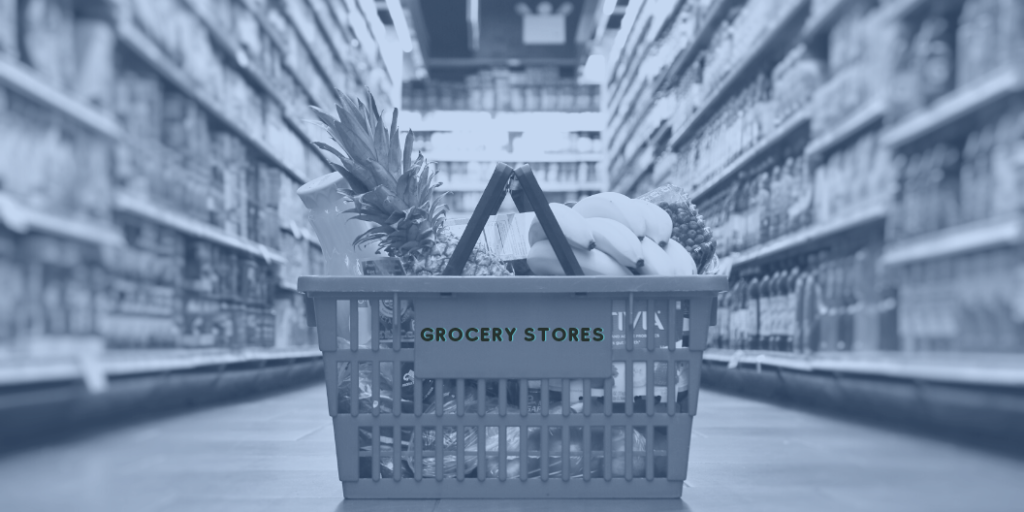Loss leader items are a long-used supermarket pricing strategy. The theory goes that if you advertise a deeply discounted price on milk, customers will not only come into your store to buy the milk, but they’ll use their savings to increase spending on other grocery items. In essence, grocers will give up their margin or take a hit on a loss leader in exchange for impulse buys and increased sales.
Unfortunately, loss leader success relies more on hope – customers buying items they wouldn’t have normally bought – rather than strategy. In today’s data-driven world, where competition from all circles forces low-margin pricing in nearly every aisle, can your supermarket afford to rely on hope?
What supermarkets may not realize is that they have the data they need to create incredibly powerful pricing strategies that view the entire shopping cart rather than the individual items within the cart.
Complementary Items
Many grocery items have a matching item or items somewhere on the shelf. Customers who buy corn chips buy salsa; milk purchasers frequently buy cereal. A shopper who buys flour is very likely going to buy sugar, baking powder, or any number of ingredients needed to bake. Diapers, formula, baby food jars, and baby cereal from another supermarket constellation.
Most supermarkets today have a detailed record of every item purchased within an order. Running SQL queries through the database will unearth hundreds of statistically significant purchasing correlations between different products.
The key to a strategic loss leader strategy is understanding these correlations and using that data to price the shopping cart. It’s ok to lose money on every gallon of milk or every bag of corn chips if you’ve increased your margins on cereal and salsa.
By looking at complementary items and increasing the margins on those items, we’ve removed the element of hope, and strategically ensured that when the shopping cart passes through the checkout line, it will be a highly profitable cart.
Adding in Dynamic Pricing
Dynamic pricing is an additional weapon in the pricing game. Capable of analyzing competitor pricing in concert with historical purchase patterns and applying both off-the-shelf and customer algorithms, dynamic pricing systems are designed to recommend profitable pricing levels based on your existing pricing strategy.
It can recognize both the loss leaders and the complementary items on your shelves and calculate price points designed to maximize profits on the entire cart.
While it is not practical to update prices on the tens of thousands of in-store items multiple times per day, dynamic pricing tools can recommend optimal pricing levels on a daily or weekly basis. For online grocers, where updating a price is as simple as clicking “update,” these prices can be optimized throughout the day.
Utilizing dynamic pricing, your pricing managers will get clear direction in how low they can reduce the price of loss leaders, and how high they can increase prices on other complementary items.
The result is higher revenues and increased profits from every shopping cart.








